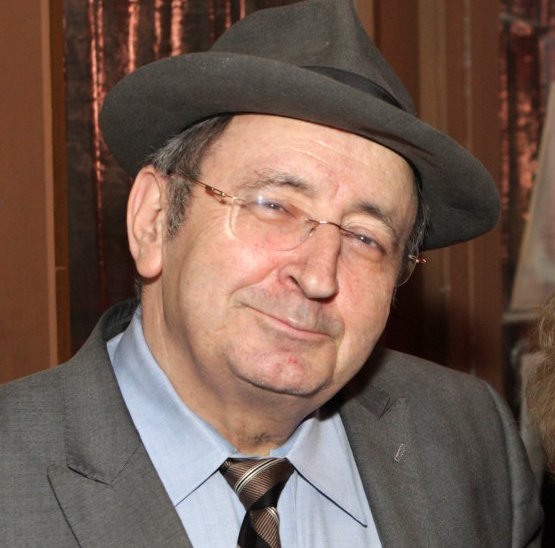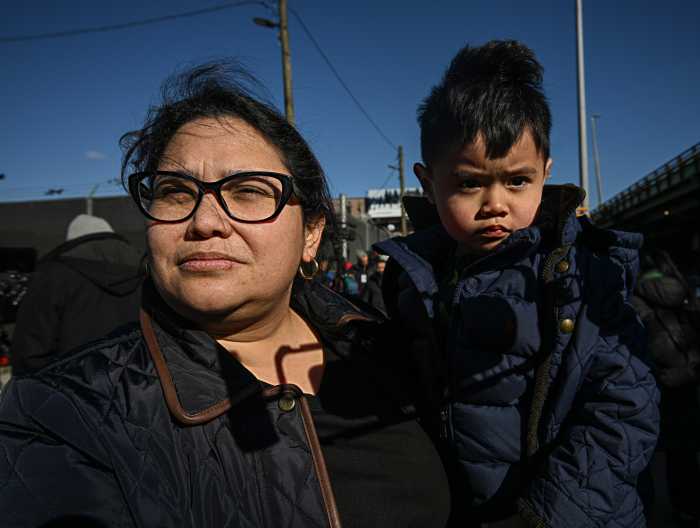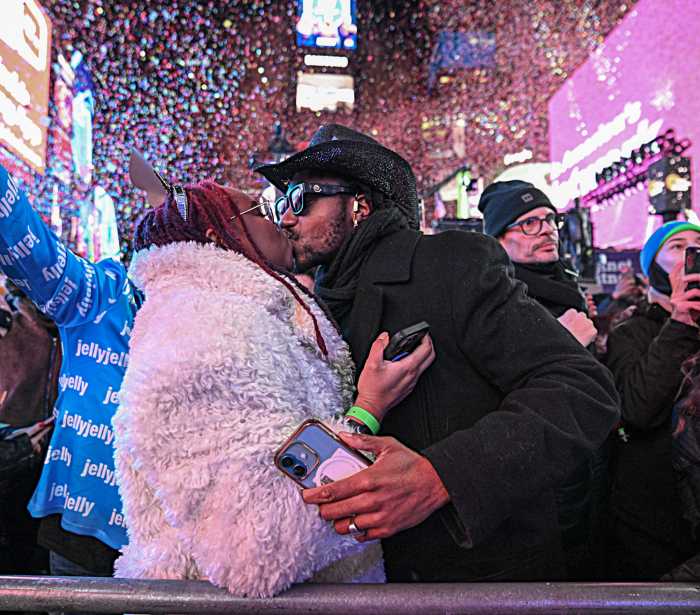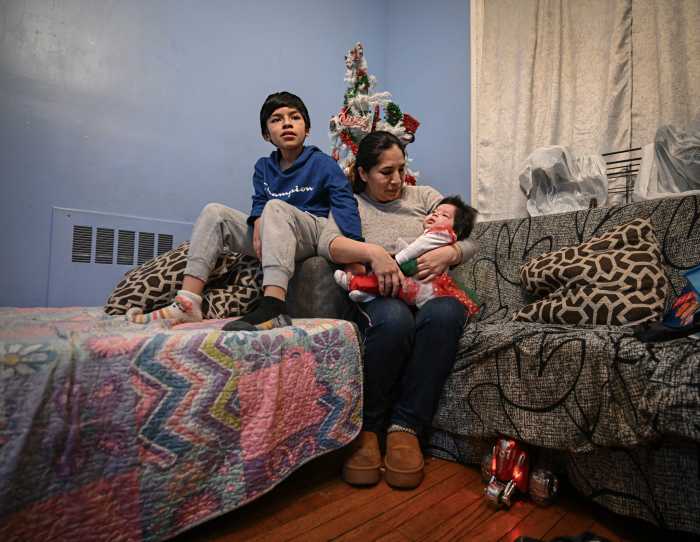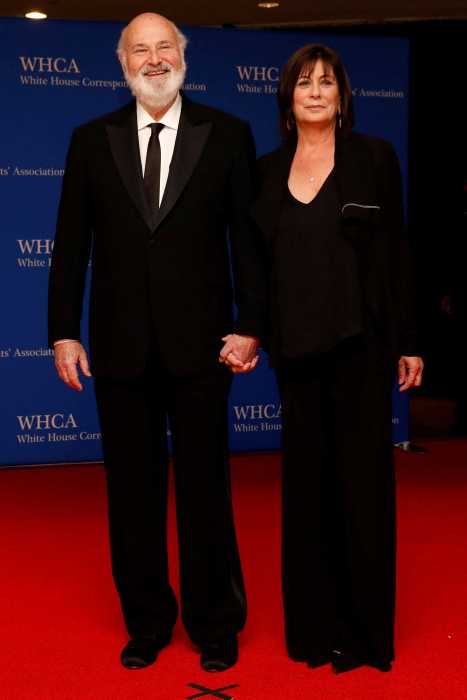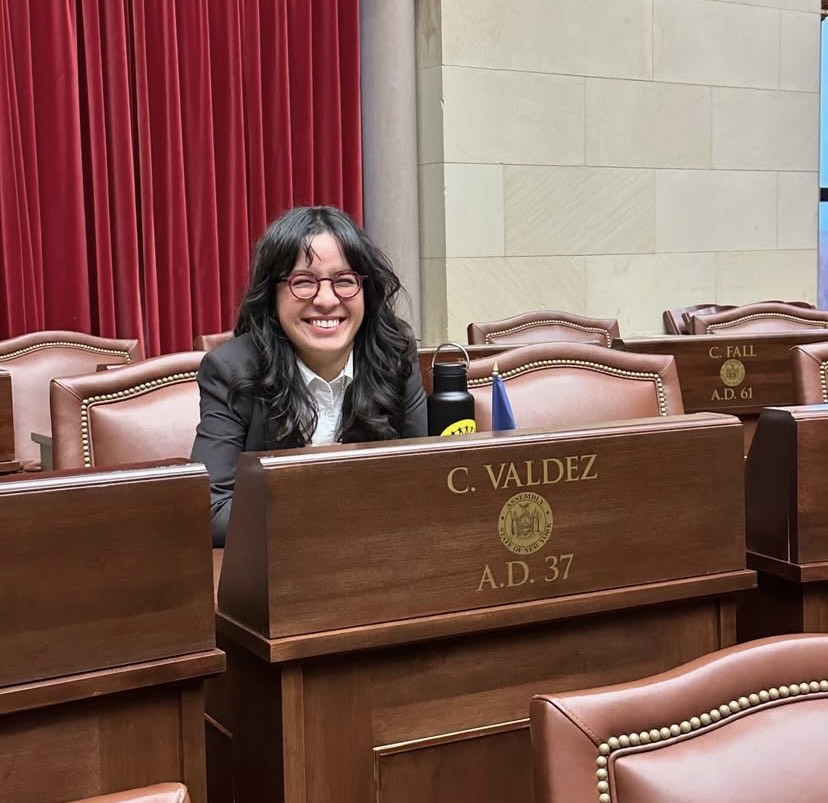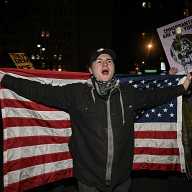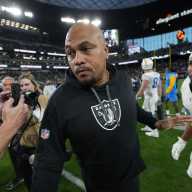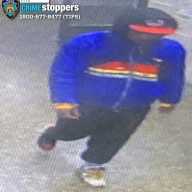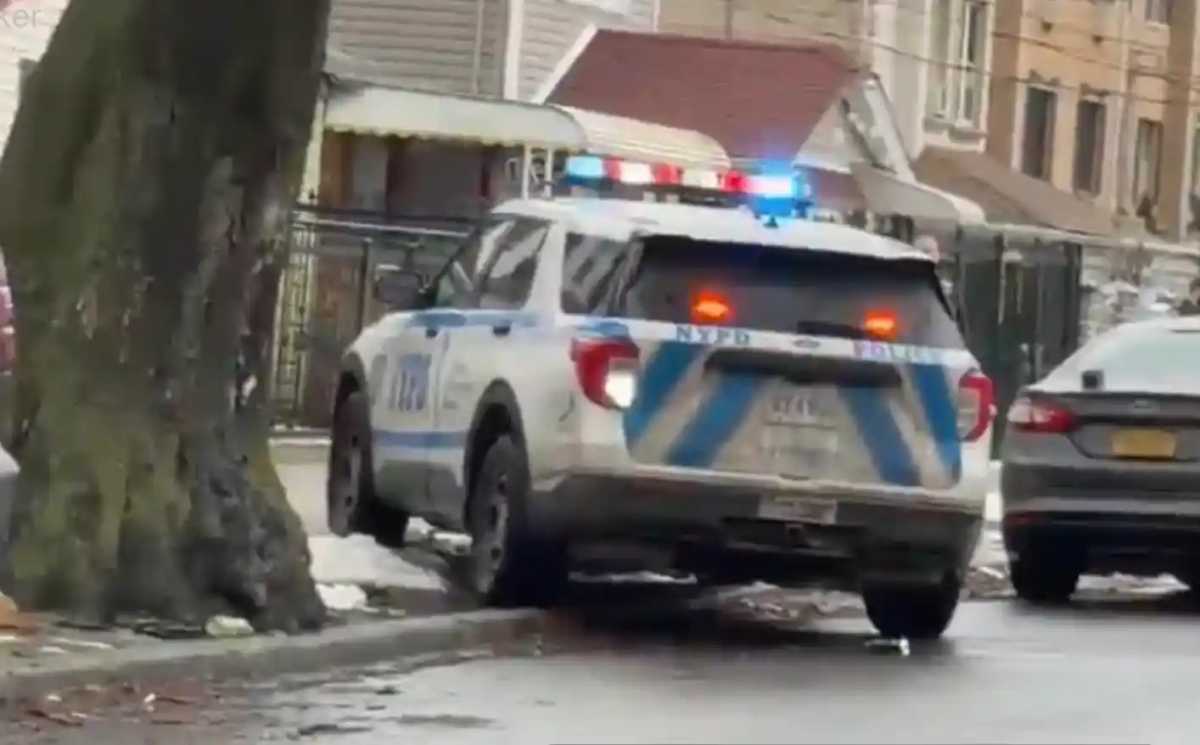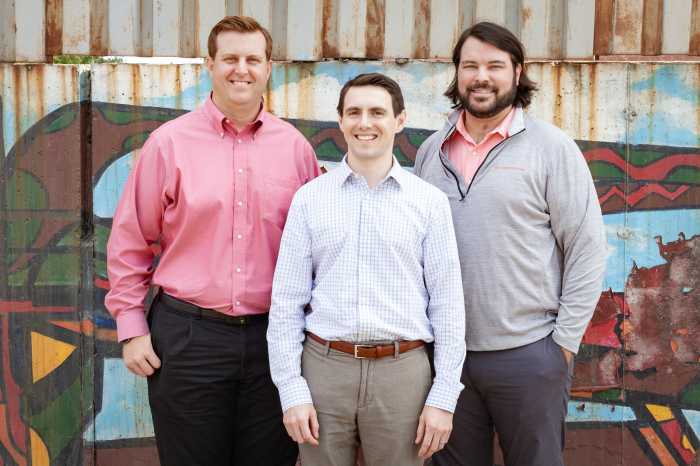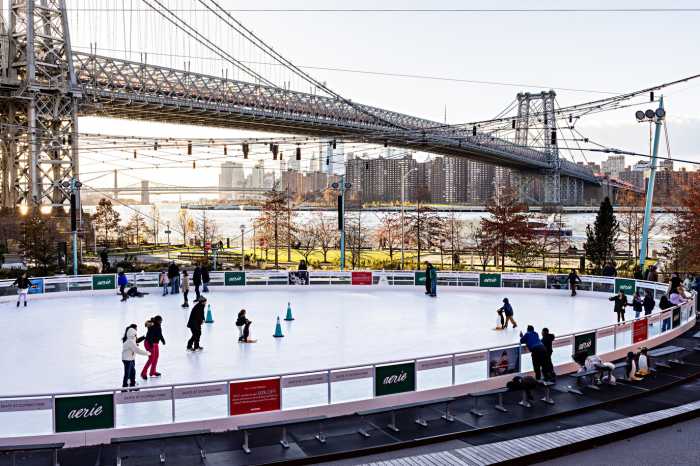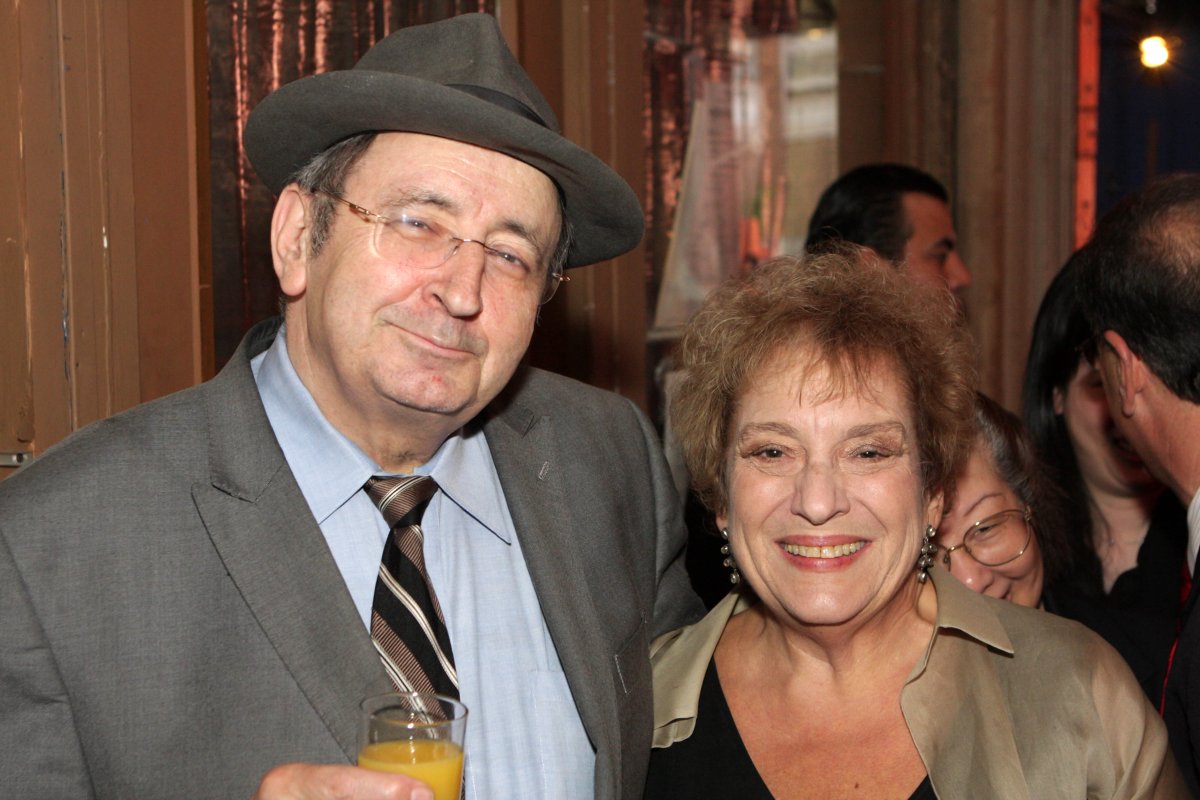
BY ALBERT AMATEAU | Updated Wed., Aug. 3, 10 p.m.: Al Orensanz, who restored an abandoned Lower East Side synagogue and ran it as an arts center and a beloved community resource for 30 years, died on July 23. He was 73.
His health had been deteriorating for the past few years, said his brother, Angel Orensanz, the Spanish sculptor and visual artist.
The center, the Angel Orensanz Foundation, at 172 Norfolk St., built for a German Jewish congregation in 1849, was one of the largest synagogues of its time in the nation. It recently reopened after being closed for nearly a year for an emergency repair project.
Angel Orensanz, for whom the center is named, said he would take over from his late brother as director of operations. Angel said that, together with Maria Neri — who for the past 17 years served as Al’s administrative assistant — he would continue the center as a resource for the neighborhood and the artistic community.
Al Orensanz was born in Larues, in Aragon in northern Spain, and was of Sephardic Jewish descent. He earned a sociology degree from the London School of Economics (“He was very interested in the Anglo-Saxon mentality,” said Angel.) Al lived in England and Switzerland before coming in the 1970s to New York, where he earned a Ph.D. in sociology from The New School.
His doctoral thesis, “Glossy Images and Sour Texts: Tourist Posters in Francoist Spain 1956-1972,” was voted best dissertation of the year by The New School Sociology Department.
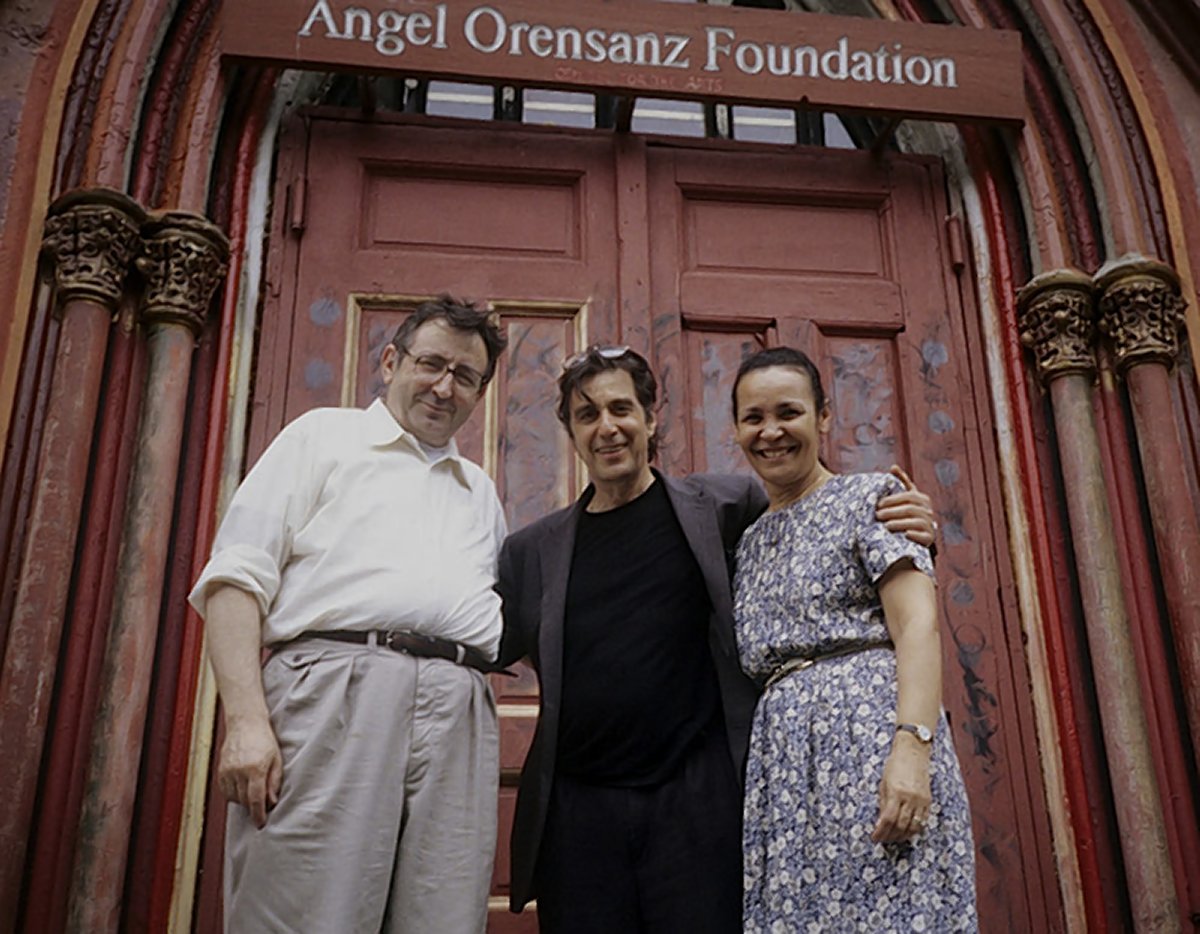
Al began organizing sculpture shows for his brother in Europe even while studying. Angel was engaged in Barcelona when Al arranged for a show of his brother’s work in London.
“The only available space that he found was in Holland Park, a garden in London, when nobody was doing exhibitions in gardens,” Angel recalled. At that same time, the movie star Omar Sharif was in the park making a movie, and his photo, with Angel’s sculpture prominently in the background, appeared on the front page of the Times of London. The photo led to a request for show of Angel’s work in Atlanta.
In an online video, Al recalled first coming to New York in the 1970s. “The city was in disarray. Crime was everywhere; it was a war zone. That is gone now. But there were also unique opportunities, spaces where artists could create new realities. That also is gone now. There are no longer such opportunities,” he said.
In the mid-1980s, Angel began looking for studio and exhibition space in New York, and on the advice of Al, prowled the Lower East Side. He found the abandoned and vandalized hulk of the Gothic Revival-style synagogue built more than 130 years earlier for Congregation Ansche Chesed. The synagogue thrived until the 1920s and began declining in following decades. Its last congregation dissolved in 1974.
The derelict building was so stuffed with debris at first that the two brothers had to enter through a window.
Angel bought the building and the brothers restored it, installing new floors, windows and electricity. It opened in 1986 for an exhibition of Angel’s new work, and a few years later became available for rent for concerts, weddings, lectures and community events, in addition to serving as Angel’s studio and an exhibition hall.
“He [Angel] pushed me into what we believed was a four-year project. It became a lifetime project,” Al said.
Clayton Patterson, a Lower East Side documentarian, said of Al, “He created a legendary space. It was his vision and Maria [Neri’s]. It was like the Carnegie Hall of Downtown. Gerry Adams from Sinn Fein, Lady Gaga, Alicia Keys, Lou Reed, Patti Smith…I mean, who hasn’t been there? The list of dignitaries that went through that place is huge.”
Beyond his accomplishments, Al was also remembered as genuinely nice.
“He was very warm,” Patterson said. “I would go hang around with Al and talk about different subjects.”
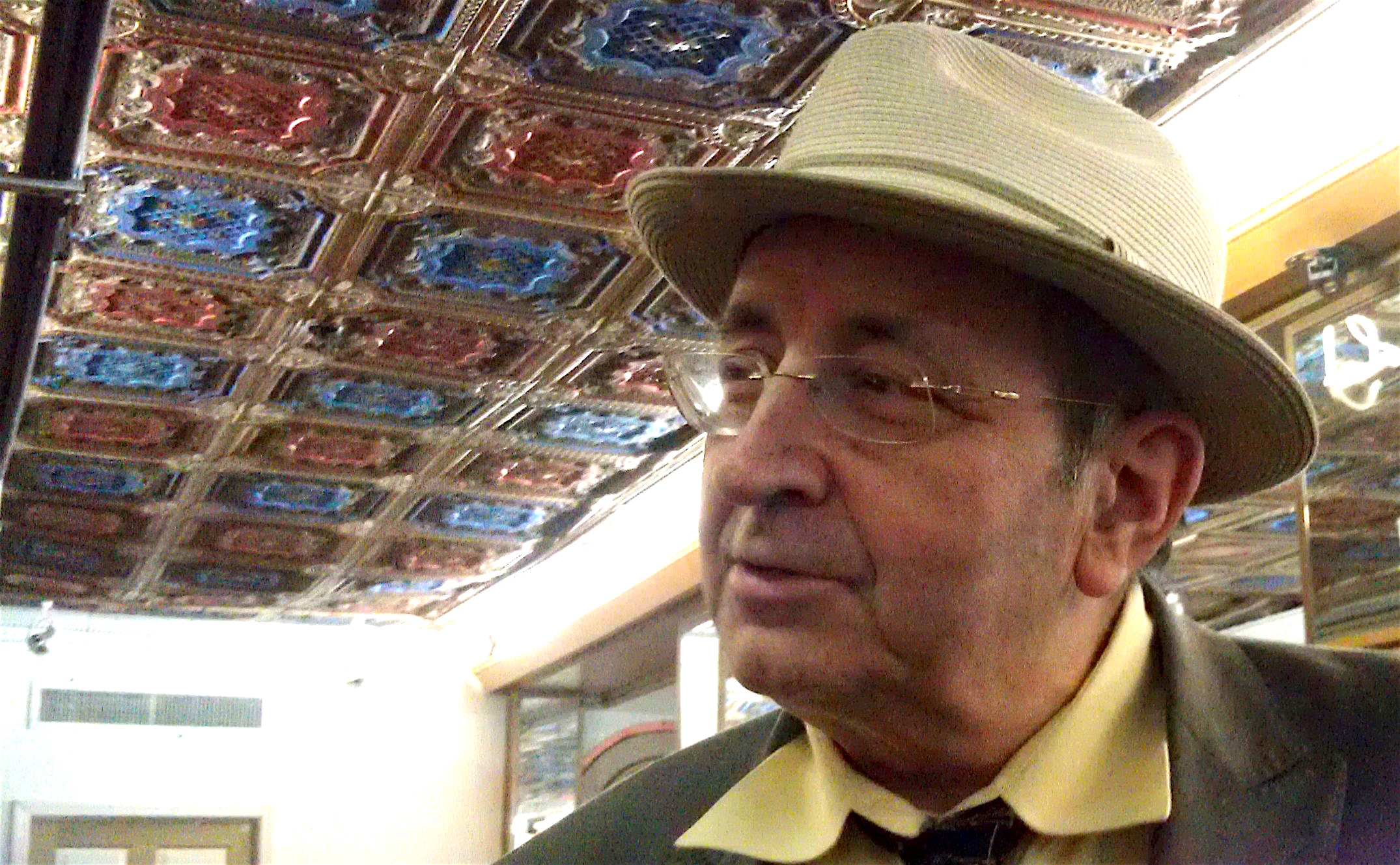
At Al Orensanz’s wake at Redden’s Funeral Home on July 28, Neri recalled that she first met Al at an art exhibition years before the brothers found the Norfolk St. synagogue.
“I was a secretary to an Eastern District [Brooklyn] federal judge when Al asked me to edit his Ph.D. dissertation while he was organizing art shows in Europe for Angel. I continued to edit other things and then helped part-time with the foundation. I quit the judge in 2000 and began working full-time at the foundation,” Neri said.
Eileen Johnson, director of the Little Missionary’s Day Nursery in the East Village, recalled Al’s generosity in making space available for benefit events, like their annual Sara Curry Awards.
Under Al’s guidance, the foundation allied itself with major cultural organizations, including the Museum of Modern Art, P.S. 1, Goethe House, P.S. 122 on First Ave., the Tenement Museum, the Whitney Museum of American Art, the Italian Cultural Institute, Columbia, Princeton and New York universities, the National Russian Museum in St. Petersburg, the Royal Shakespeare Company, the United Jewish Council of the Lower East Side, the American Academy in Rome, and the Hungarian Cultural Institute, among others.
In the late 1990s, Al supported the formation of the Shul of New York, a young Jewish congregation, and invited them to have their Sabbath services in the former synagogue. As a tradition, the congregation returns each year to celebrate the High Holy Days, filling the main space and the balcony.
In 2009, the foundation earned a “certificate of merit” from Borough President C. Virginia Fields. The brothers were also honored at the first Acker Awards for the avant-garde arts.
Among noted lectures at the foundation were ones by Jacques Derrida during his last New York visit, Elie Wiesel’s panel about memory, and readings by Maya Angelou, Norman Mailer and E.L. Doctorow.
In 2009, Al opened the Orensanz Summer Museum in a building on Governors Island the foundation restored.
Al authored books ranging from historical accounts of the Lower East Side to a double portrait of Dorothy Day and Emma Goldman. In 2000 he started the quarterly Artscape Magazine.
His funeral on Fri., July 29, was at Most Holy Redeemer Church on E. Third St. Burial was in Rosedale Cemetery in Linden, N.J. A memorial is being planned, possibly for Sept. 21.
Some are wondering if Orensanz was Jewish, why did he have a wake, plus a funeral in a Catholic church?
A friend, requesting anonymity, explained, “He was very open and flexible, with an intellectual approach to religion. So, he often went to speak to the Irish priest at Holy Redeemer and also visited the Stanton St. Shul — they could come over any time to get him when there was one person missing for the minyan. Al was an admirer of Heinrich Heine,” the 19th-century German poet who converted from Judaism to Catholicism.
“Yes, he is from a Sephardic family that was expelled from Spain; at some point, they even ended up in Ukraine. I think his family was already Catholic when he was born and he was baptized.”



